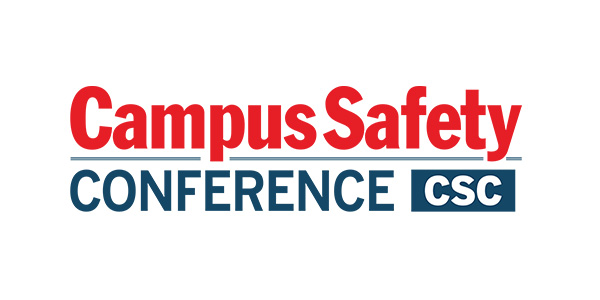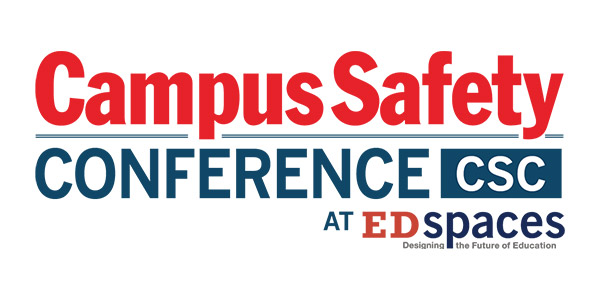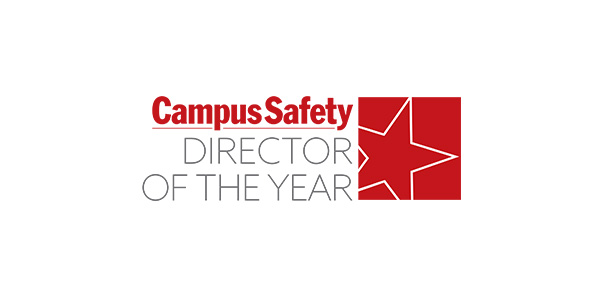We’re just a few months away from the Red Zone, the period from August to November when students across the country come back to campus and more than half of all college sexual assaults occur. With more than one in four undergraduate women experiencing rape or sexual assault, this issue remains nothing short of a crisis.
But as administrators continue to strengthen prevention efforts like training programs and reporting guidelines, there’s another key area that could use improvement: supporting student survivors.
Many universities have made important investments in mental health services. However, as a licensed social worker with nearly four decades of experience working with survivors, I’ve spoken to students and seen firsthand how even small shifts can make a big difference.
As campuses prepares for the year ahead, here are three meaningful changes to consider.
1. Immediately connect students with long-term, trauma-informed counseling
Many colleges offer students access to free counseling services through the student health clinic, including in the wake of sexual abuse. These services are often a critical lifeline for survivors in the days and weeks after experiencing trauma.
Yet with limited resources and high demand, schools often restrict the number of therapy sessions a student can access—typically to just a handful, offered biweekly—before they’re referred to a private practice that accepts their health insurance plan. After all, these programs are far more expansive than just sexual assault survivors, encompassing everything from depression and anxiety to homesickness and stress among students.
RELATED: How Faculty and Staff Can Support College Student Mental Health
In my practice, however, I’ve often found it can take four or five sessions with a student just for them to feel ready to start processing their experience. A referral can be enormously disruptive for students who form a connection with their therapist, only to have to start back at square one at an already vulnerable time.
It’s better for the student to be referred to a trauma-informed therapist who can work with them indefinitely from the beginning to jumpstart the healing process. Universities might even be able to partner with practices or provider networks near the campus to treat students right away. My organization Greenlight, for example, works with universities in the Chicago area to provide 20 free therapy sessions (without the need for insurance) to currently enrolled student survivors through our private practice partners who specialize in sexual harm recovery. Even after our program concludes, many of our students continue to see the same therapists using their health insurance plans or at an affordable sliding payment scale.
2. Physically separate therapy from the campus
Accessing therapy on campus at the student health center can feel risky for students who dread running into their attacker. Worst case scenario aside, survivors who are not ready to share their experiences publicly might also fear running into friends who want to know why they’re accessing mental health services. The campus itself might have traumatic associations too, depending on where a student was assaulted. Providing counseling in a low-profile, off-campus building can make it easier for students to access these critical services.
What’s more, creating a physical separation from campus can also help students who have negative associations with the university administration, especially if they’ve had unpleasant experiences reporting their assault to campus police or administrators. Student survivors I’ve worked with have sometimes felt pressured to press charges against their attacker, for example, even if they weren’t ready or interested in doing so.
Of course, counseling services are confidential—but students who have lost faith in the university may nevertheless fear opening up to university employees on campus. Physical separation from campus, especially through private practice providers not affiliated with the school, can create the psychological safety needed to help process trauma.
3. Offer students an automated, seamless way to access counseling services
I’ve worked with plenty of students who struggled to access support because their feelings of shame and embarrassment—unfortunately all-too-common reactions for survivors of sexual assault—kept them from reaching out to resident advisors, professors, or even just student health schedulers to get access to counseling.
RELATED: School Counselor Shortages by State and Its Impact on Students
Offering a form or link for students to ask for support and schedule their first session can remove the hurdle to accessing mental health services in the wake of trauma. This type of system can also help reduce the steps in the reporting system, allowing students to access support and begin their healing journey sooner and more seamlessly.
Creating Safety for Sexual Assault Survivors
The sad truth is that despite the many important investments schools are making in sexual assault prevention, we will never be able to eliminate it entirely. Survivors must have access to well-designed, supportive counseling services to help them heal from their trauma—and small changes can make all the difference.
A. Maria Nanos, LCSW, Ph.D., is the Chief Executive Officer of Greenlight Counseling, the counseling program at Greenlight Family Services, a nonprofit organization based in Chicago, that has been helping survivors of campus sexual assault since 2004.
NOTE: The views expressed by guest bloggers and contributors are those of the authors and do not necessarily represent the views of, and should not be attributed to, Campus Safety.







